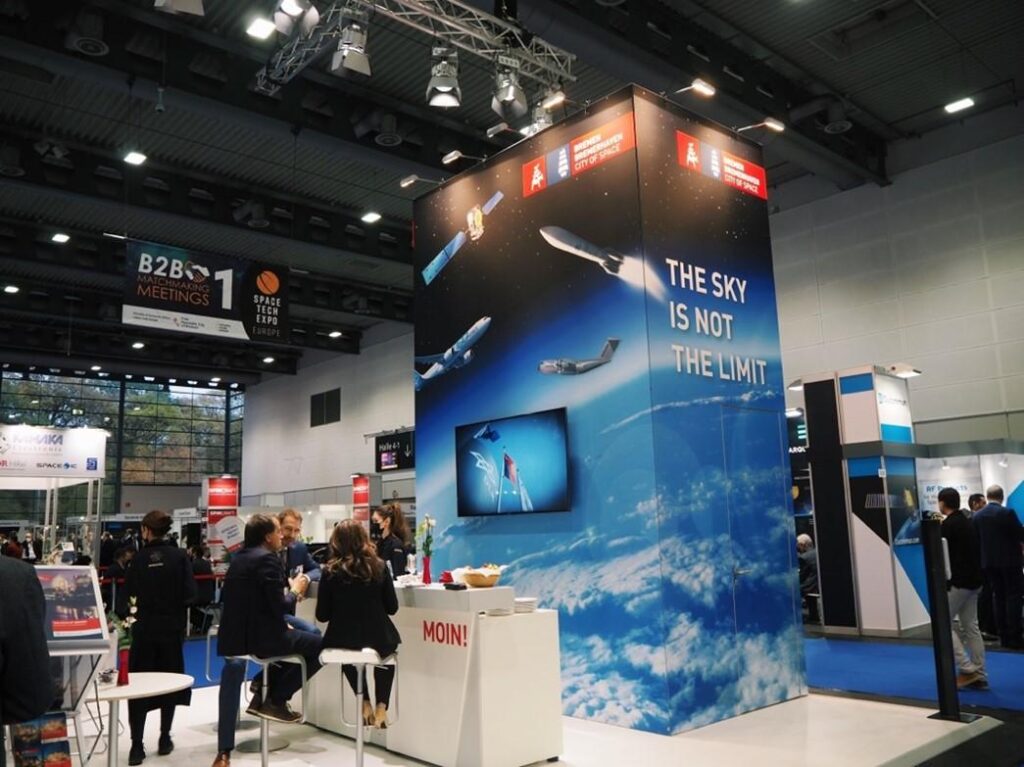In the sprawling halls of a major tech expo in China, gleaming gadgets and cutting-edge innovations capture every visitor’s eye, showcasing a nation’s prowess in manufacturing and design. From sleek smartphones to futuristic robotics, the display offers a vivid testament to China’s ability to produce at an unparalleled scale. Yet, amid the fanfare and flashing lights, a quieter question lingers: who will ultimately buy all these marvels? As the global market faces shifting dynamics and uncertainties, the expo serves as a microcosm of a larger economic puzzle-highlighting not just what China can make, but the complex forces shaping demand for its creations.
China’s Manufacturing Prowess on Display Amid Global Market Uncertainties
At the heart of a sprawling tech expo in Shenzhen, China’s industrial might is on dazzling display. Amid cutting-edge robotics, AI-powered devices, and advanced semiconductor components, manufacturers are showcasing not just products but the depth of a well-oiled ecosystem. From prototypes to mass-produced goods, the expo highlights how innovation and scale intersect in factories where smart automation meets human expertise. Yet, behind the impressive machinery and glossy booths lurks a pressing question: with global markets buffeted by trade tensions and shifting consumer demand, who will ultimately absorb this impressive output?
The expo underscores a complex reality – while China’s factories are ready to deliver, the global appetite for these products remains uncertain. Export destinations fluctuate, and domestic consumption is evolving under new economic pressures. Consider the following outlook for China’s manufacturing sectors as presented at the event:
| Sector | Growth Potential | Key Challenges |
|---|---|---|
| Consumer Electronics | High – driven by smart devices | Global tariff unpredictability |
| Automotive Components | Moderate – rise of EVs | Supply chain bottlenecks |
| Semiconductors | Emerging – strategic focus | Technological self-sufficiency hurdles |
In this context, manufacturers are diversifying approaches – engaging more closely with end-users, adopting flexible production lines, and exploring new markets. The tension between capability and demand reveals a surge of ambition tempered by caution, with many players quietly recalibrating strategies to navigate an unpredictable global economy.
Navigating Consumer Demand Challenges Beyond Production Capabilities
In today’s manufacturing landscape, the real challenge doesn’t stop at what factories can produce; it’s about addressing the complex dynamics of consumer demand. While technological prowess allows for mass production of cutting-edge gadgets and components, the market’s appetite can be unpredictable, influenced by shifting preferences, global economic fluctuations, and evolving buyer personas. This disconnect between the volume of what can be made and the actual willingness or capacity of consumers to purchase creates a pressure point that manufacturers and exporters must navigate carefully.
Understanding and adapting to these demand-side factors requires more than just manufacturing excellence. Key strategies include:
- Market segmentation to identify niche consumers
- Flexible production lines tailored for quicker pivoting
- Enhanced data analytics to forecast buying trends
- Collaborative partnerships between manufacturers and retailers
| Factor | Impact Level | Adaptation Approach |
|---|---|---|
| Changing Consumer Preferences | High | Agile product redesign |
| Economic Uncertainty | Medium | Flexible pricing models |
| Global Supply Chain Variability | High | Diversified sourcing |
| Digital Marketing Reach | Medium | Targeted advertising campaigns |
Strategies for Aligning Innovation with International Buyer Expectations
To bridge the gap between groundbreaking technologies and global market demands, companies must first decode the nuanced expectations of international buyers. This means going beyond just showcasing innovation at expos; it involves tailoring product features, quality standards, and after-sales service to fit the cultural and regulatory frameworks of target markets. In practice, businesses benefit from localized research and direct engagement with foreign partners who can provide real-time feedback on usability preferences and compliance requirements.
Integrating the voice of the customer early in the innovation cycle can dramatically enhance market fit. Here are key approaches that have proven effective:
- Collaborative Prototyping: Involving international clients in product testing phases
- Modular Design: Offering customizable features to meet diverse needs
- Transparent Communication: Maintaining clear, multilingual documentation and support channels
| Strategy | Impact on Alignment |
|---|---|
| Collaborative Prototyping | Improves adaptability and reduces time to market |
| Modular Design | Enhances customization for regional tastes |
| Transparent Communication | Builds trust and eases regulatory approval |
In Summary
As the lights dim on the sprawling displays and futuristic gadgets of the tech expo, one thing becomes clear: China’s manufacturing prowess is on full, undeniable display. Yet beyond the glittering innovations and ambitious prototypes lies a more complex question-who will be the buyers in a world where geopolitical tensions linger and markets shift unpredictably? The expo showcases not just what China can make, but also the uncertain road ahead for who will ultimately embrace these creations. In this unfolding story of ingenuity and market dynamics, the answer remains as open as the possibilities on the showroom floor.
